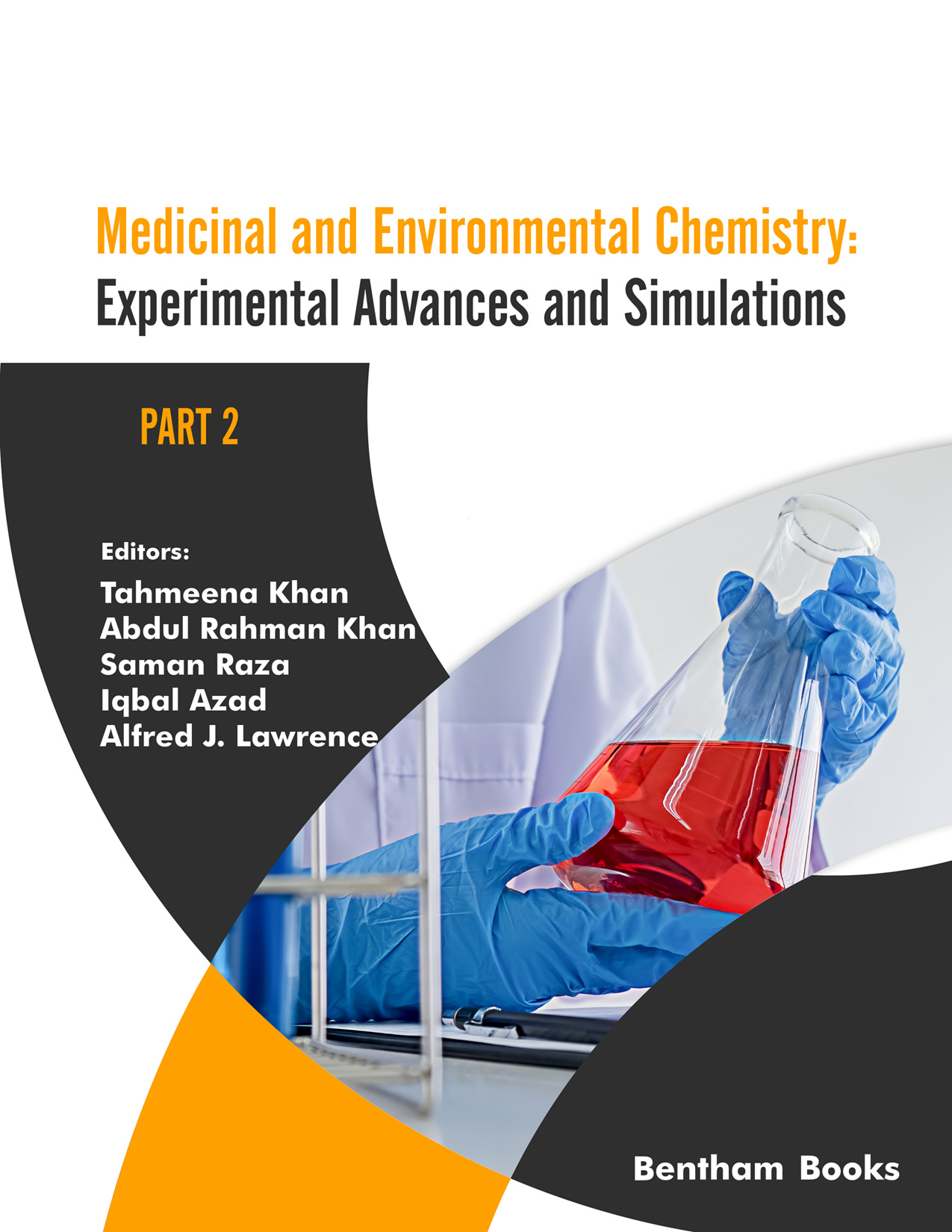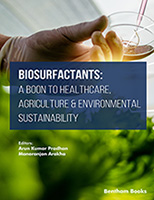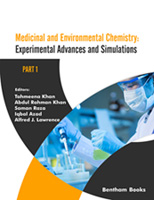With the drastic disturbance in environmental harmony and balance, there has been a rise in global deaths and diseases, calling for the exploration of novel remediation strategies for innovative drug action mechanisms and target identification. The fine balance between human and ecological health is getting disturbed, leading to serious implications including the occurrence of new pathogens and diseases, including the novel corona virus SARS-CoV-2, being the most recent instance having gripped the entire globe.
Environmental diseases are non-communicable and are caused by chronic exposure to toxic pollutants. Other contributory causes of environmental diseases include radiation, pathogens, allergens, and psychological stress. Their increasing occurrence is due to industrialization, changes in farming protocols, and the increase in exposure to chemicals released into the environment. Lifestyle changes, including the increased use of tobacco and processed foods also greatly contribute to the environmental/lifestyle diseases burden.
Though medicinal chemistry and environmental chemistry have been widely explored separately, yet their close association and interdependence have been overlooked. By exploring the association between these two focal areas, the present book aims to provide solutions and curative strategies for the well-being of humans and the environment.
The twenty-one chapters included in the book are focused on diverse topics trying to blend the fields of environmental chemistry and medicinal chemistry and have been authored by expert scientists and academicians from renowned institutions. A wide range of topics has been explored in the book, to make it relevant to environmental chemists and students. The chapters have been designed to introduce environmental contaminants and techniques for their quantification and removal. Also, a medicinal perspective for remediation of environmental hazards, from therapeutic strategies available to the design of new and safer drugs, is introduced through experimental and simulation approaches.
Specialized chapters have been dedicated to persistent organic pollutants, heavy metals, antibiotics, and plastics, which have become a major source of pollution, along with their remediation. The biochemical aspect of Cytochrome P450 and its association with mitigation strategy upon the exposure of smog on the human body, the effect of environmental xenoestrogens on human health, and the potential of natural curing agents to combat ecotoxicity have also been explored. Experimental techniques like the use of quantification methods for pharmaceuticals and persistent organic pollutants, chemosensors and polymeric ceramic composite membranes, and the concept of nanotechnology for the synthesis and use of gold and silver nanoparticles from plant-based sources have also been elaborated. To further elaborate on the importance of safe chemical practise, the concept of green chemistry has been introduced.
As we are aware that drug discovery for a particular disease is a time taking endeavour, therefore, a few chapters have also been dedicated to in-silico predictions like molecular docking and virtual models for biological properties, the software used and their utility to make futuristic and accurate predictions to make drug discovery efficient, quicker and cost-effective. Chapters summarizing the advances of biomolecular simulations for drug designing with respect to ecotoxicity, drug degradation, use of bioisosteric groups, and advances in pharmaceutical and modelling interventions for the treatment of COPD are also included. An interesting chapter has also explained the ligand identification for effective drug development through virtual screening by taking the example of COVID-19.
The book will prove beneficial for academicians, students of environmental chemistry and pharmacy, researchers, scientists, computational chemists, pharmacologists, environmentalists, policymakers, and postgraduate students. It would also provide researchers and medicinal chemists, information about the latest research done and the modern techniques used to develop more effective and safer drugs that would not be harmful to the environment. In this way, the proposed book would be highly beneficial to the audience it hopes to cater to.
Tahmeena Khan
Integral University
Department of Chemistry
India
Abdul Rahman Khan
Integral University
Department of Chemistry
India
Saman Raza
Isabella Thoburn College
Department of Chemistry
India
Iqbal Azad
Integral University
Department of Chemistry
India
&
Alfred J. Lawrence
Isabella Thoburn College
Department of Chemistry
India



